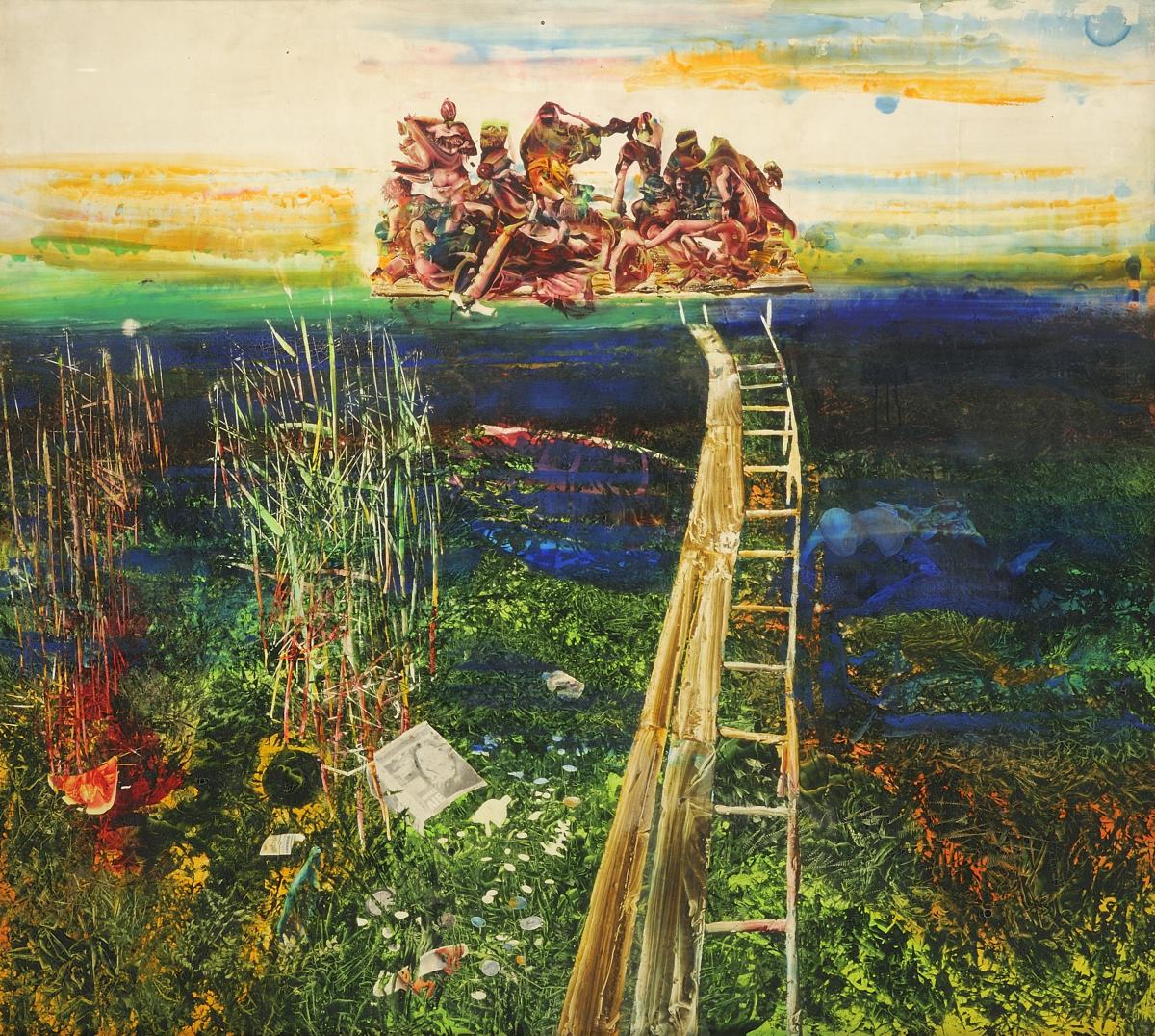- Visitor information
- About us
- Exhibitions
- Temporary Exhibitions
- Permanent Exhibitions
- Past Exhibitions
- 2024/2025 - Life with Honey
- 2024/2025 - WANDERINGS - Lili Ország in Kiscell
- 2024 - Light & City
- 2022 - Gábor Gerhes: THE ATLAS
- 2019/2020 - Shine! - Fashion and Glamour
- 2019 - 1971 – Parallel Nonsynchronism
- 2018 – Your Turn!
- 2018 – Still Life
- 2017 – LAMP!
- 2017 – Tamás Zankó
- 2017 – Separate Ways
- 2017 – Giovanni Hajnal
- 2017 – Image Schema
- 2017 – Miklós Szüts
- 2016 – "Notes: Wartime"
- 2016 – #moszkvater
- 2015 – Corpse in the Basket-Trunk
- 2015 – PAPERwork
- 2015 – Doll Exhibition
- 2014 – Budapest Opera House
- 2013 – Wrap Art
- 2012 – Street Fashion Museum
- 2012 – Riding the Waves
- 2012 – Buda–Pest Horizon
- 2011 – The Modern Flat, 1960
- 2010 – FreeCikli
- 2008 – Drawing Lecture on the Roof
- 2008 – Fashion and Tradition
- 2004 – Mariazell and Hungary
- Virtual museum
- What's happening?
Art Piece of the Month / July-August
Tibor CSERNUS (1927-2007): Reeds
1964, oil on canvas

Photo: Ágnes Bakos, Bence Tihanyi
Tibor Csernus, a student of Aurél Bernáth, following in the footsteps of the modern Hungarian masters gathered in Nagybánya from 1896, developed his style based on the tendency of realistic depiction. His artistic views were strongly influenced by his trip to Paris in 1957, during which he became acquainted with the latest inventions of modern French art. For years, he was considered the leader of the so-called Surnaturalist movement.
This painting is a peculiar example of Surnaturalism. On its surface, created with a variety of tools - sponge, painting knife, razor blade, etc. – several techniques coexist, such as gestural abstraction, printmaking or collage. His painted surfaces of the time are characterized by figures and objects depicted in a feature-rich, surrealistic detail, wrapped in pure, vibrant fields of colors, giving different emphasis for each pictorial element. Thus, the visual elements are far from being merely signs of themselves in the works of Csernus. We can admire a seemingly idyllic scene: there is a cheerful gathering on a gangplank at a summer lake. But if we look a little more carefully, it turns out that nothing is going right. The high horizon – as well as the title – draws attention to the swampy, boggy brake in the foreground. Above a sunken boat and a floating corpse, on the gangplank, the feast turns into a Bacchanalia. All this faithfully reflects the lost Hungarian Revolution of 1956 and the connivance between Hungarian society and the Kádárian leadership in the early 1960s. The moral account is dovetailed with a ruthless self-criticism: from the virtuously formed orgy, reminiscent of a butcher counter, the face of the artist emerges, suggesting that there is no one on earth who never sins.
Due to conflicts with the regime, Csernus became marginalized, and finally was given the right in 1964 to leave Hungary – which was a synonym for expulsion at the time. While settling down in Paris and continuing his career as a world-renown painter, his art grew more traditional. Along with his Hungarian stay, his Surnaturalist period came to an end.
Kiscell Museum – Municipal Gallery
Kiscelli utca 108.
HU-1037 Budapest
+36-1-250-0304
